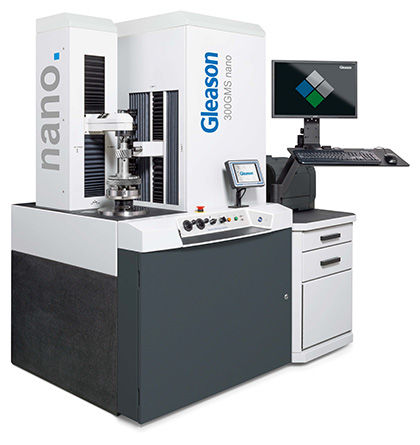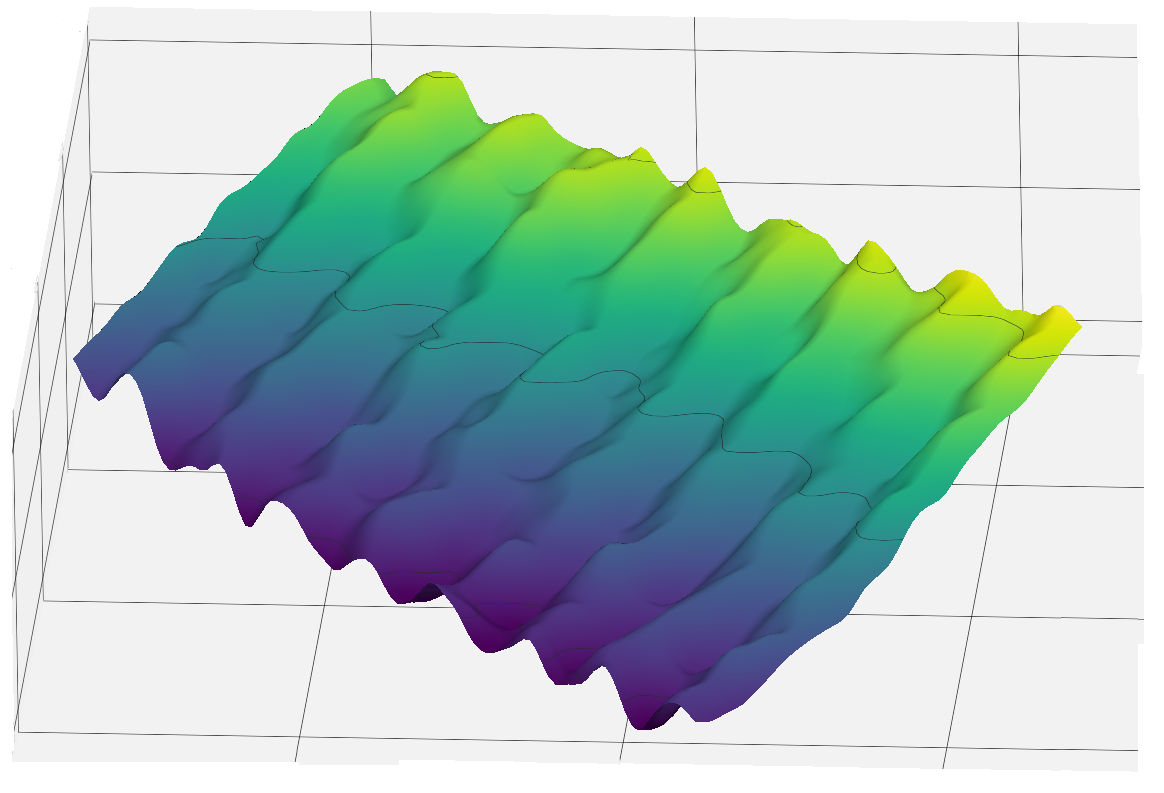Inspection at Nano Level
Gleason
The new series of GMS® Gear Metrology Systems truly makes a difference, meeting next level gear noise detection demands.
Latest Applications Demand Extreme Gear Qualities
 Electric vehicles (EV) are moving from novelty to commonplace, while e-drive designs are continuously improving, posing their own set of challenges. Electric vehicle design starts with the all-important battery cell and is complemented by the electric drive itself and its respective transmission stage. In the years before electric vehicles were broadly introduced, gearboxes in conventional drive trains had already seen considerable change. Going from the historical 4-speed transmission all the way to a 9-speed was fueled by performance (keeping the combustion engine in an rpm range with ideal torque) and demands for highest efficiency with minimum fuel consumption requirements. Transmissions with up to 24 gears answered to the combined challenge of performance and economy.
Electric vehicles (EV) are moving from novelty to commonplace, while e-drive designs are continuously improving, posing their own set of challenges. Electric vehicle design starts with the all-important battery cell and is complemented by the electric drive itself and its respective transmission stage. In the years before electric vehicles were broadly introduced, gearboxes in conventional drive trains had already seen considerable change. Going from the historical 4-speed transmission all the way to a 9-speed was fueled by performance (keeping the combustion engine in an rpm range with ideal torque) and demands for highest efficiency with minimum fuel consumption requirements. Transmissions with up to 24 gears answered to the combined challenge of performance and economy.
With electric vehicles, the gearbox design has changed dramatically. Performance is put in the cradle of the electric motor, providing maximum torque at minimum rpm. The same holds true for economic considerations. Although gearbox designs have gone through considerable simplification when compared to a state-of-the-art 9-speed transmission, they are not necessarily simple to manufacture, with new challenges arising. The masking noise of the combustion engine has disappeared, replaced by an electric motor with zero noise emission. This has turned manufacturers’ attention to other vehicle components emitting undesirable noises, which may degrade the user experience of passengers. Amongst other components, the gearbox and its gears are challenged to become ultra-quiet, which requires not only improved manufacturing processes but also state-of-the-art quality inspection equipment.
The Successful 300GMS Newly Defined







